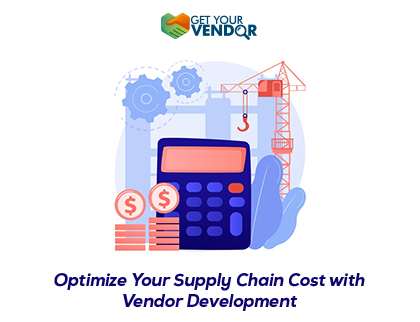
Cost minimization in supply chain management is one of the main KPIs for every manager in a business. It constitutes a huge danger to the finances and growth of any company if done incorrectly.
So, what factors drive supply chain costing and how can companies effectively monitor, manage, and minimize these costs to preserve the company’s financial health? Let’s look at some of them below:
1. Investments
It is essential to make strategic decisions when it comes to investing in today’s highly globalized economy as most businesses are multisite networks of multiple vendors, distributors, and manufacturers. Businesses must invest in the right place at the right time as doing otherwise can harm the business.
To make sound strategic investments, companies must have an end-to-end view of their supply chain, access to accurate data for demand forecasts, a clear market strategy, and the capability to assess current and potential investment costs.
2. Procurement
Choosing the right suppliers who consistently deliver quality products and materials at the lowest prices is vital to any manufacturing business. Being unable to do so, the OTIF performance and potentially make customer satisfaction plummet, making your procurement costs soar. A business should use reliable vendors and suppliers with the most competitive prices to minimize this potential hazard, who stick to crucial delivery timelines, maintaining the quality and quantity ordered. A business should also use historical and real-time data to its advantage to compare and analyze from time to time if the supplier is benefiting the business.
3. Transportation
The cause of high transportation costs can directly be related to poor or inefficient network planning, routing, and deployment of resources in a business’s supply chain management. To minimize and make this process efficient, businesses should design the supply chain network to have optimal locations of suppliers, manufacturers, distributors, and customers alike. Businesses should also take into account the routes and modes of transport, capacity utilization, and selection of the right partners for the same. Again, real-time and historical data can come in handy to make these strategic decisions. These are just a few of the factors that can misalign your supply chain costing and your business goals. Factors like production and inventory costs also drive the costs to soar. So to tackle the multifaceted problem, industry experts have created a strategic solution, vendor development.
4. Vendor Development
Through vendor development, a business can streamline its process to heighten efficiency and manage vendor relationships that are mutually beneficial by outsourcing the process.
There are many benefits to vendor development, such as improved collaboration between parties, improved quality, customer satisfaction, increased supplier responsiveness, supplier diversity, full transparency in all departments including the third party, and so much more. The vendor development program at Get Your Vendor helps you with an expertly trained team that can also help train your in-house team. As a part of this offline service, Get Your Vendor helps you with search and/or survey, inquiries, negotiations, selections, experience, evaluations, they can even help with getting prototypes or monitor further activities to develop your supply chain positively impact the growth of your business.
Get Your Vendor Experts:
Get your Vendor standout as one of the best b2b manufacturing search portals for vendors and buyers. We bring vendors and buyers together and to help them connect and collaborate conveniently. Our team has lived through and dealt with vendor development challenges.


